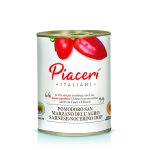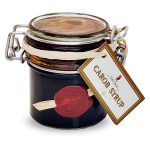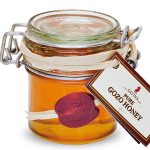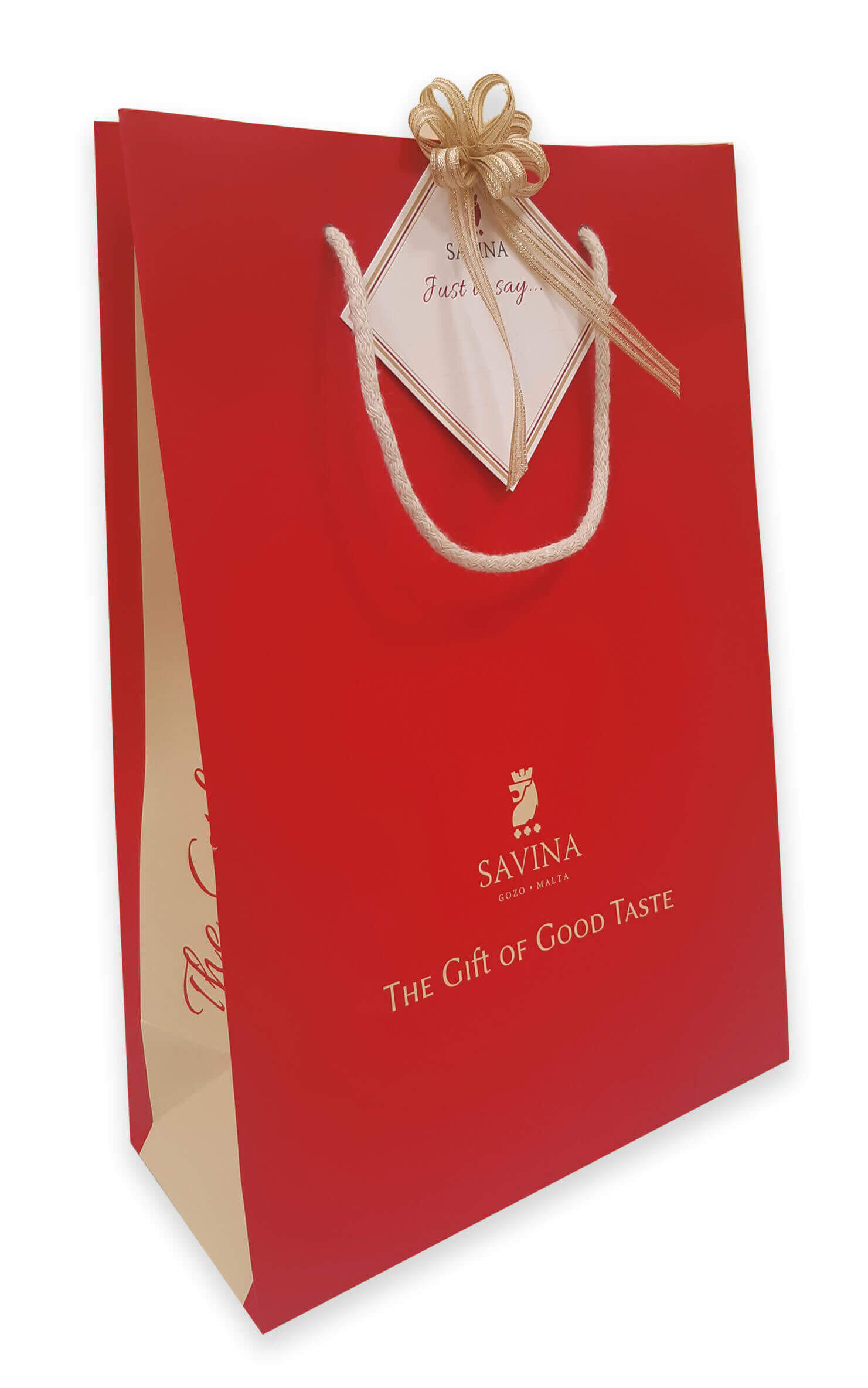Taste for the Gift of Good Taste!
Maltese cuisine is the result of a long relationship between the locals and the many foreigners who colonised Malta over the centuries. This marriage of tastes has given Malta a fascinating blend of Mediterranean cooking. The influences are too numerous to list, but many popular Maltese specialities have a Sicilian, a North African and an Eastern Mediterranean origin. Over the centuries, all of these distinct components have been integrated into a uniquely wholesome and flavourful melange.
Maltese Bread Traditional Maltese food is rustic and seasonal which was important before refrigeration era. Families were inventive with the best of the seasonal produce. The housewife would stock up with the seasonal gluts, often preserving or drying produce to make use of them later in the year. Amongst the specialities, one can find the Gbejniet (sheep or goat’s cheese), Tadam Imqadded (sun-ripened tomatoes), Bigilla (thick pate of broad beans with garlic), Kappar (Capers), Dried and fresh beans, the Kapunata (vegetable based – Maltese version of ratatouille) and many others.
Food and Consumables Malta Deserts and pastries are for those with a sweet tooth including the Helwa tat-Tork (sweet sugary mixture and sesame seeds), Qubbajt – Nougat (contains crushed and whole almonds), Biskuttini and Qaghaq (special Maltese biscuits) and Qaghaq tal-Ghasel (ring-cake filled with a special mixture of honey paste).
The Maltese are also popular for their consumables such as the Honey and Olive oil both harvested and grown locally.
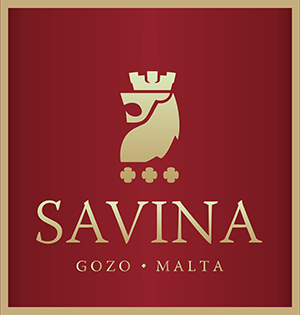
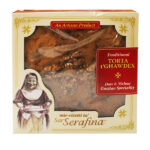
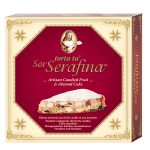
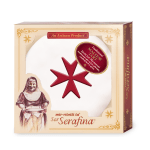


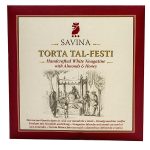
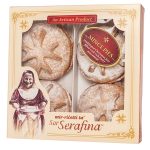
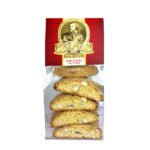
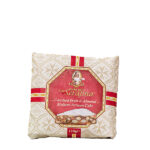
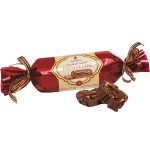
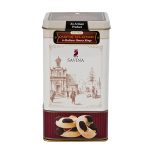
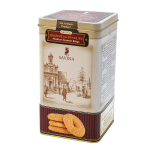
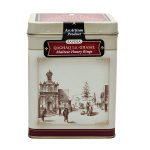
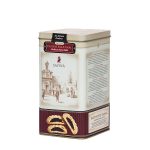
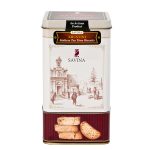

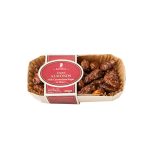
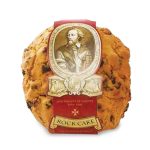

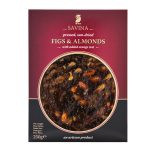
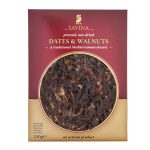
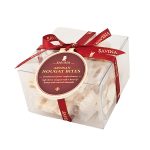
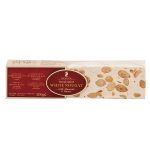
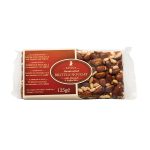
 range of Italian products?
range of Italian products? range of British-made specialities?
range of British-made specialities?